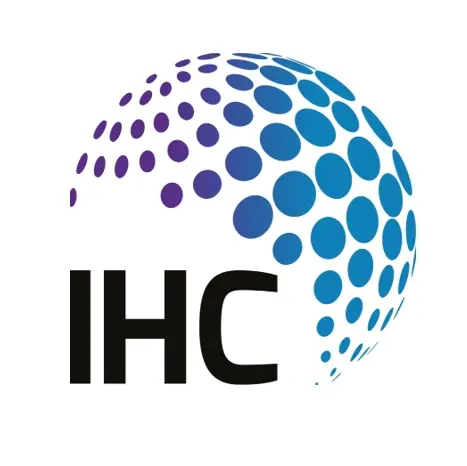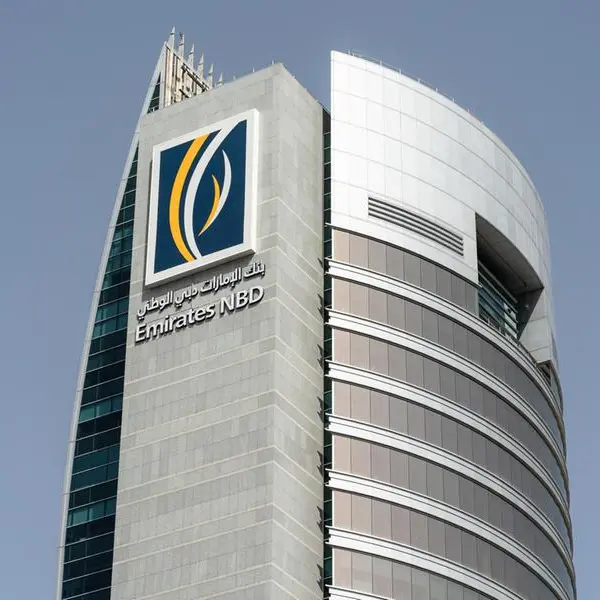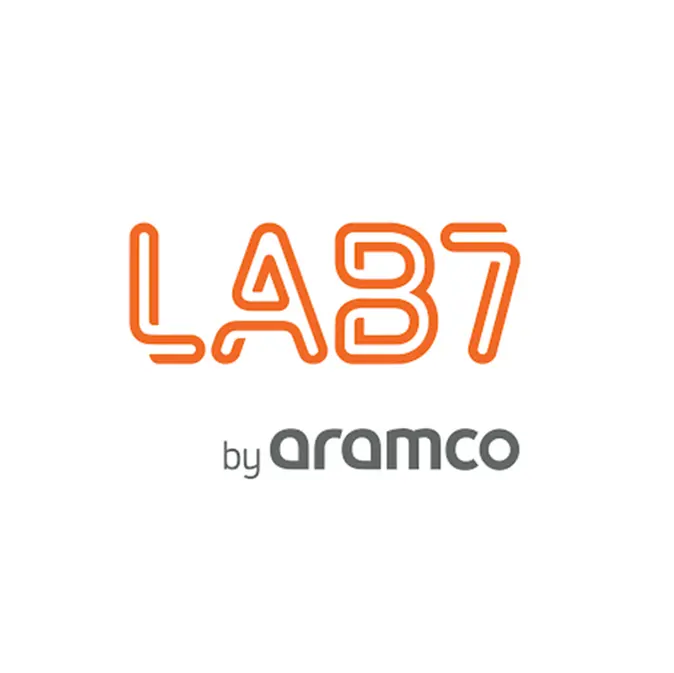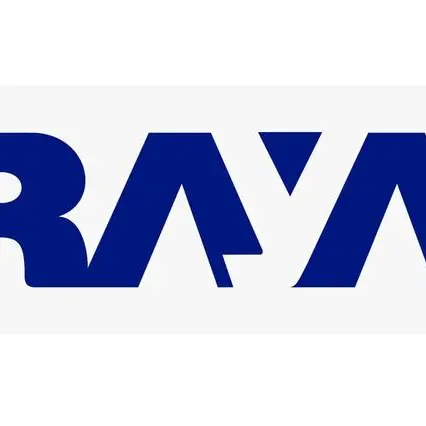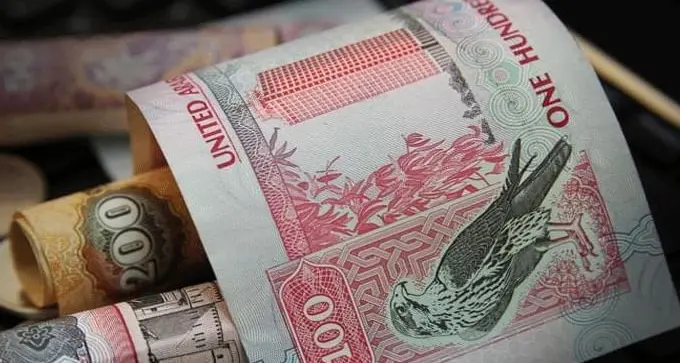PHOTO
With inflation still above the target levels, rate cuts are expected after mid FY’24; consequently margins may see some pressure in FY24
Dubai: Leading global professional services firm Alvarez & Marsal (A&M) has released its latest United Arab Emirates (UAE) Banking Pulse for the third quarter of 2023. The report illustrates a positive trend in the UAE banking sector's profitability, primarily driven by an increase in non-interest income and reduced impairment charges.
The banking sector witnessed an increase in profitability due to a 15.4 percent quarter on quarter (QoQ) rise in total operating income, increase in non-core income by 2.4 percent QoQ and lower impairment charges (-11.7 percent QoQ).
While the benchmark interest rates are peaking out, net interest income (NII) (+5.5 percent) grew strongly for the quarter. Loans and advances (L&A) experienced a 2.4 percent QoQ growth, predominantly fueled by corporate/wholesale loans' 2.5 percent QoQ expansion.
High-cost time deposits drove the overall deposit growth as customers respond to the rising interest rates. Deposits growth was faster than L&A growth (+3.9 percent QoQ) which increased by 5.1 percent QoQ. Net interest margin (NIM) expanded by 8bps, and the non-performing loan (NPL) ratio improved marginally by 14bps to 5.1 percent.
A&M’s UAE Banking Pulse examines data from the 10 largest listed banks in the UAE, comparing the Q3’23 results against Q2’23 results. Using independently sourced published market data and 16 different metrics, the report assesses banks’ key performance areas, including size, liquidity, income, operating efficiency, risk, profitability, and capital.
The report also offers an overview of the key developments affecting the banking sector in the UAE and further analysis with a segment view of loans & assets, deposit mix and a stage–wise breakdown of the lending book.
The country’s 10 largest listed banks analyzed in A&M’s UAE Banking Pulse are First Abu Dhabi Bank (FAB), Emirates NBD (ENBD), Abu Dhabi Commercial Bank (ADCB), Dubai Islamic Bank (DIB), Mashreq Bank (Mashreq), Abu Dhabi Islamic Bank (ADIB), Commercial Bank of Dubai (CBD), National Bank of Fujairah (NBF), National Bank of Ras Al-Khaimah (RAK) and Sharjah Islamic Bank (SIB).
The prevailing trends identified for Q3 2023 are as follows:
- Deposits mobilization continued to outpace credit demand. Aggregate deposits grew by 3.9 percent QoQ outpacing L&A growth of 2.4 percent QoQ. Consequently, loan-to-deposit ratio (LDR) decreased 1.1 percent points QoQ to 75.2 percent. During Q3’23, eight of the top 10 banks reported an increase in L&A.
- Total operating income increased by 4.5 percent QoQ as NII increased by 5.5 percent QoQ and non-interest income increased by 2.4 percent QoQ. Both NII and non-interest income contributed to the growth in total operating income. However, the growth in total operating income was subdued due to a decline in net fees and commission income (-1.5 percent QoQ).
- NIMs expanded by 8bps as yield on credit increased (+95bps QoQ) to 12 percent, faster than cost of funds (+52bps QoQ) which rose to 4.2 percent in Q3’23. NIM benefited from an overall increase in the benchmark interest rate by the Central Bank of the UAE (+25bps in Q3’23). Most banks reported expansion in NIMs for the quarter.
- Cost-to-income (C/I) ratio deteriorated by 37bps QoQ to reach 28 percent in Q3’23 as total operating expense growth (+5.9 percent QoQ) outpaced the total operating income (+4.5 percent QoQ).
- Nine out of 10 banks reported an improvement in cost of risk (CoR). Aggregate CoR improved by 10bps QoQ to settle at 0.6 percent for Q3’23 as the banks reported lower impairment charges (-11.7 percent QoQ).
- Loan book repricing and low-cost deposit base helped NII while lower impairments supported earnings growth and return on equity (ROE) profile. Marginal growth of NII (+5.5 percent QoQ) along with non-interest income (+2.4 percent QoQ) and reduction in impairment charges (-11.7 percent QoQ); resulted in 5.6 percent QoQ growth in aggregate net income. Consequently, RoE expanded by 13bps QoQ to 21 percent; and return on assets (RoA) improved 7bps to 2.3 percent for the quarter.


